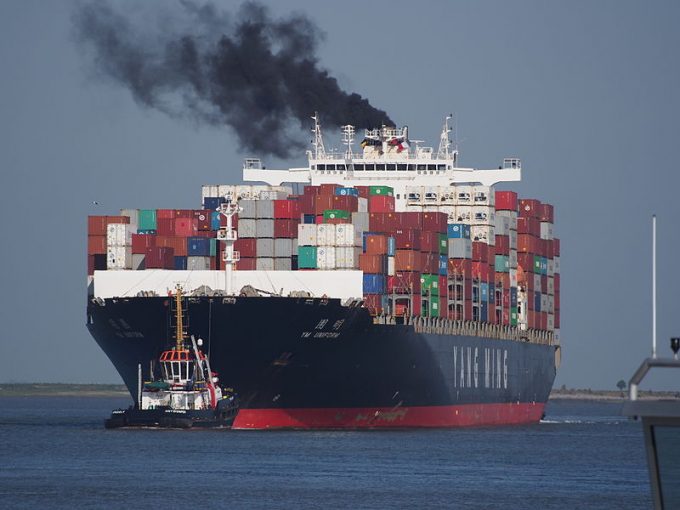MSC orders spark concerns of anti-competitive behaviour and an H2 rate drop
Swiss-headquartered shipping behemoth MSC has added more container ships to its shopping cart, but there ...

Today’s announcement that Swiss-Italian liner operator MSC is to fit air lubrication systems to its newbuildings is symbolic, because it reveals the shift in position made by the industry and its backing for the IMO targets.
According to manufacturer Silverstream, MSC has made more than 30 ...
CMA CGM South Korean staff strike over bonuses after bumper 2024 profit
MSC switches two more Asia-Europe port calls from congested Antwerp
CMA airline returns two freighters, while ANA takeover of NCA looms
Nightmare for Bangladeshi exporters as congestion and tariffs bite
Tradelanes: Export boom in Indian sub-continent triggers rise in airfreight rates
Carriers introduce surcharges as congestion builds at African ports
Mexican airport modernisation plan unlikely to boost cargo facilities
Front-loading frenzy has made traditional H2 peak season 'unlikely'

Comment on this article